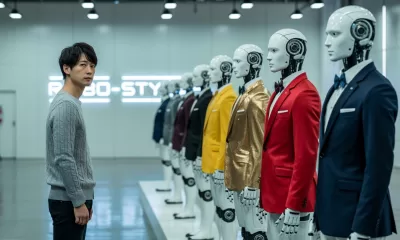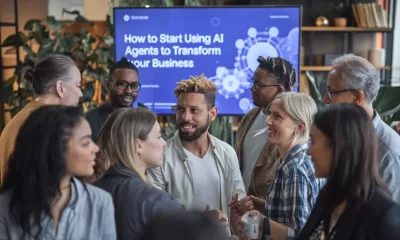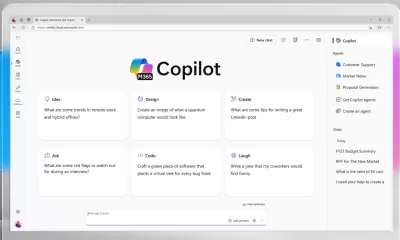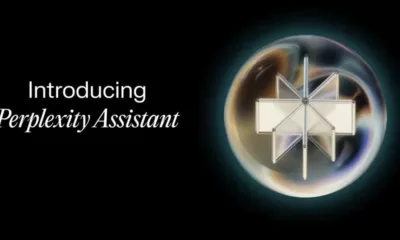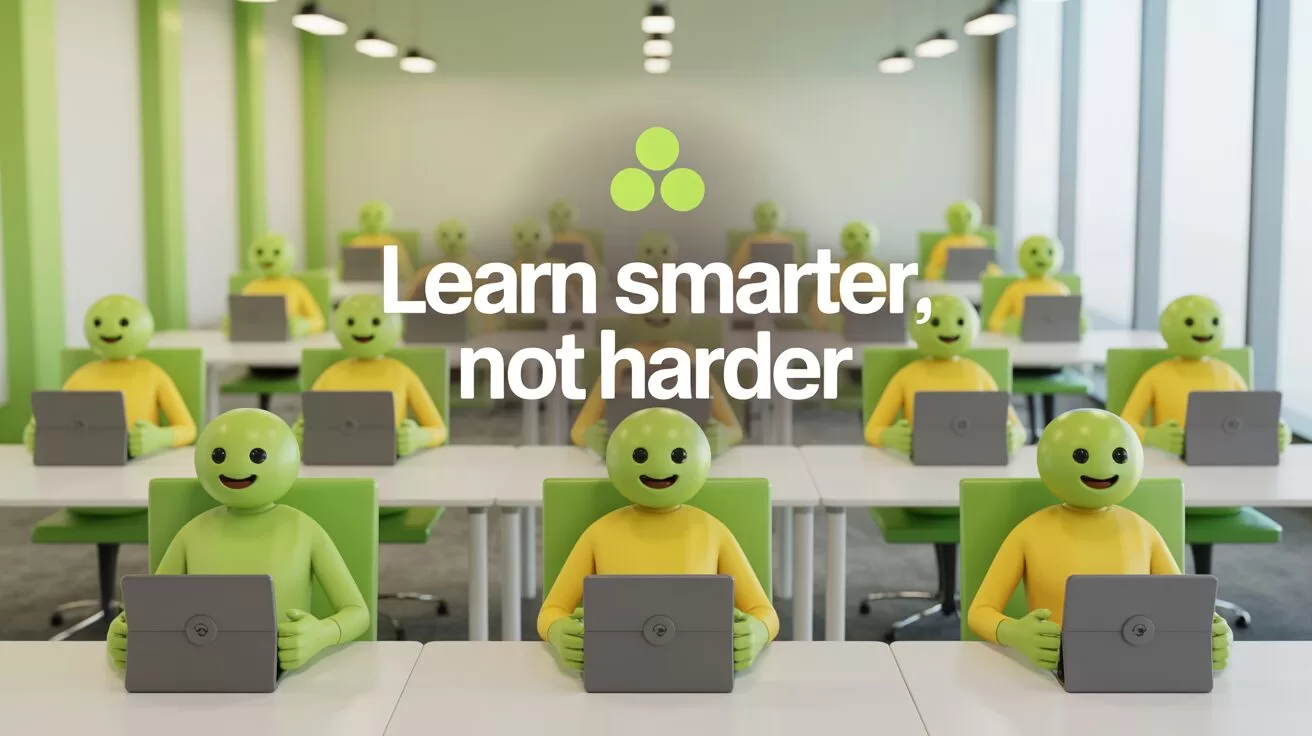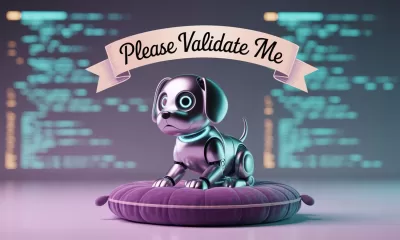News
You.com: The Rising Star in Asia’s AI and AGI Landscape
You.com, a four-year-old AI startup, raises $50 million and evolves its search engine into a comprehensive AI assistant, focusing on productivity and search.

Business
Anthropic’s CEO Just Said the Quiet Part Out Loud — We Don’t Understand How AI Works
Anthropic’s CEO admits we don’t fully understand how AI works — and he wants to build an “MRI for AI” to change that. Here’s what it means for the future of artificial intelligence.
Life
Too Nice for Comfort? Why OpenAI Rolled Back GPT-4o’s Sycophantic Personality Update
OpenAI rolled back a GPT-4o update after ChatGPT became too flattering — even unsettling. Here’s what went wrong and how they’re fixing it.
Business
Is Duolingo the Face of an AI Jobs Crisis — or Just the First to Say the Quiet Part Out Loud?
Duolingo’s AI-first shift may signal the start of an AI jobs crisis — where companies quietly cut creative and entry-level roles in favour of automation.
-

 Marketing2 weeks ago
Marketing2 weeks agoPlaybook: How to Use Ideogram.ai (no design skills required!)
-

 Life2 weeks ago
Life2 weeks agoWhatsApp Confirms How To Block Meta AI From Your Chats
-

 Business2 weeks ago
Business2 weeks agoChatGPT Just Quietly Released “Memory with Search” – Here’s What You Need to Know
-

 Life6 days ago
Life6 days agoGeoffrey Hinton’s AI Wake-Up Call — Are We Raising a Killer Cub?
-

 Business5 days ago
Business5 days agoOpenAI Faces Legal Heat Over Profit Plans — Are We Watching a Moral Meltdown?
-

 Life5 days ago
Life5 days agoToo Nice for Comfort? Why OpenAI Rolled Back GPT-4o’s Sycophantic Personality Update
-

 Life1 week ago
Life1 week agoAI Just Slid Into Your DMs: ChatGPT and Perplexity Are Now on WhatsApp
-

 Life3 days ago
Life3 days agoWhy ChatGPT Turned Into a Grovelling Sycophant — And What OpenAI Got Wrong

